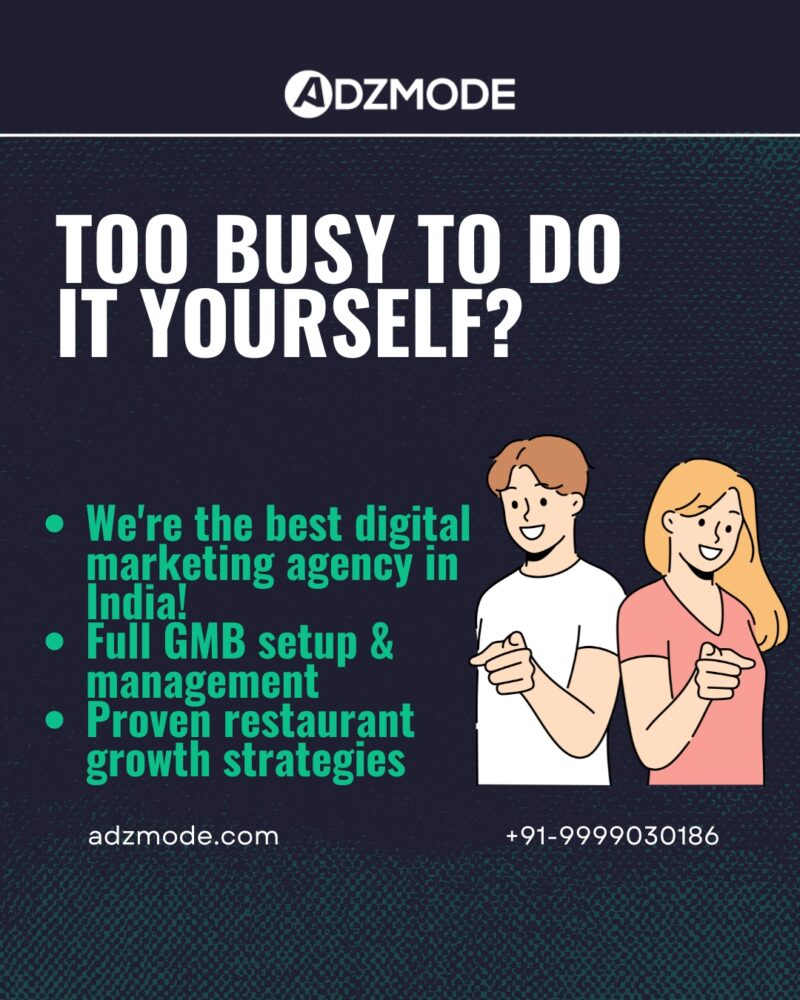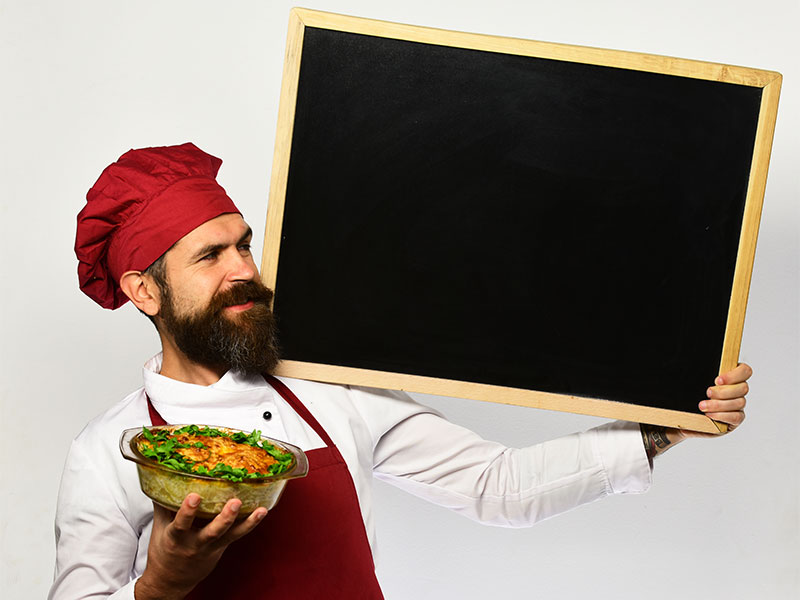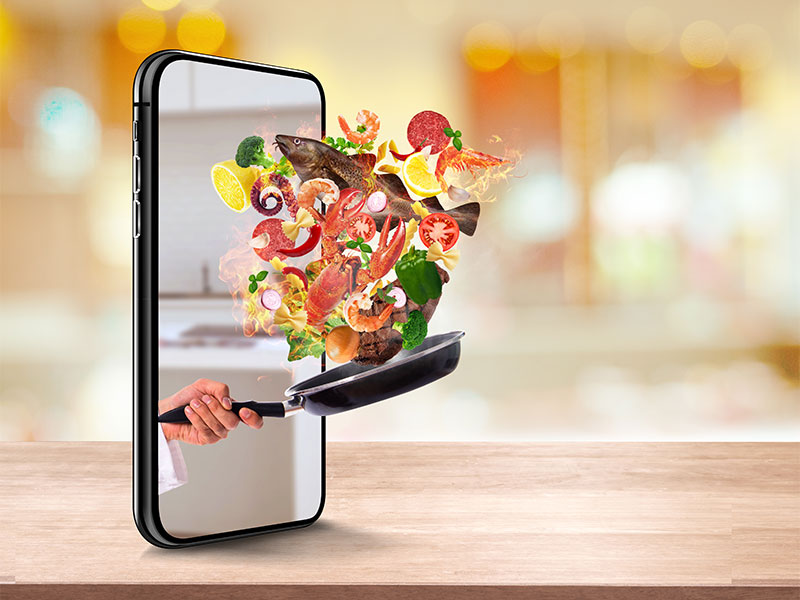
Staring at your restaurant’s monthly expenses, you might wonder: “How much should I actually be spending on digital marketing to fill these tables?” It’s a question that keeps restaurant owners awake at night, especially when every dollar spent on advertising means less profit in your pocket. But here’s the reality – in 2025, restaurant digital marketing isn’t an optional expense; it’s the lifeline that determines whether your restaurant thrives or merely survives. With local advertising spend projected to reach $171 billion in 2025 and consumers increasingly relying on digital channels to discover dining options, the question isn’t whether you should invest in digital marketing – it’s how much you should invest and where to allocate those precious marketing dollars for maximum booking conversions. The difference between successful restaurants and those struggling to fill tables often comes down to strategic digital marketing spend that consistently delivers measurable returns.
The Restaurant Marketing Budget Reality: Industry Benchmarks
Understanding the 3-6% Rule
When it comes to restaurant digital marketing budgets, industry research consistently points to a crucial benchmark: restaurants should spend 3-6% of their sales on marketing. This percentage accounts for all revenue streams, whether from dine-in experiences, takeout orders, catering services, or merchandise sales.
However, this range isn’t one-size-fits-all. New or growing establishments might invest more (around 6-10%) to build their presence, while established restaurants with strong local recognition might operate successfully at the lower end of the spectrum.
Revenue-Based Budget Allocation
The U.S. Small Business Administration provides additional guidance for smaller operations: if your restaurant brings in less than $5 million in annual sales, set aside about seven to eight percent of your revenue for marketing.
Budget Examples by Restaurant Size:
- Small Restaurant ($500K annual revenue): $15,000-$30,000 annual marketing budget
- Medium Restaurant ($1.5M annual revenue): $45,000-$90,000 annual marketing budget
- Large Restaurant ($3M annual revenue): $90,000-$180,000 annual marketing budget
These numbers represent your total marketing investment, including both digital and traditional channels, staff time, and marketing technology costs.
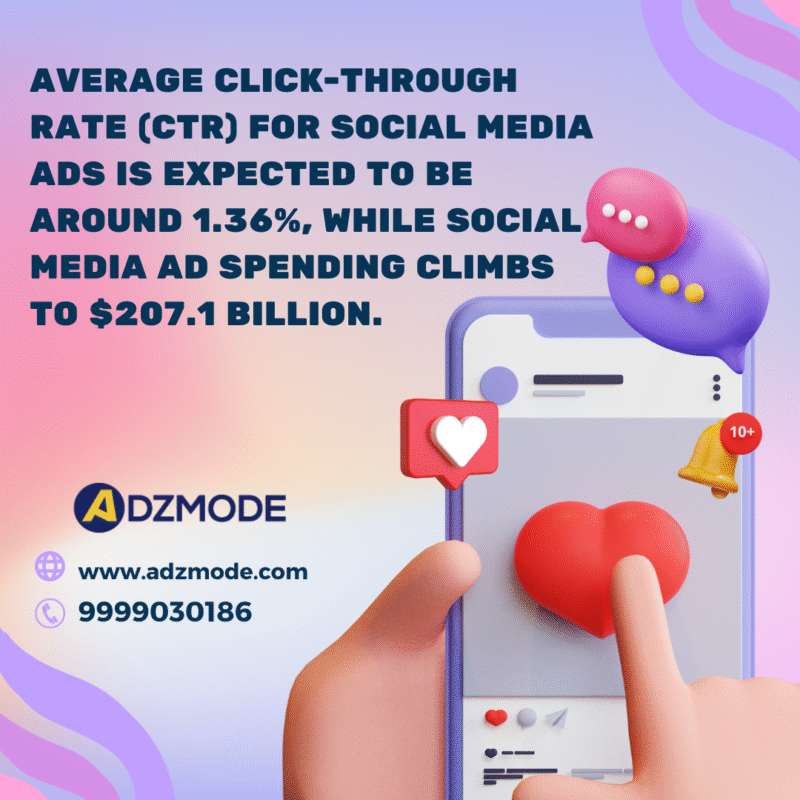
Location-Based Considerations
Your restaurant’s location significantly impacts optimal marketing spend. Restaurants in rural areas often have lower marketing costs due to less competition and lower advertising rates, ideally spending around 3% to 5% of revenue, while urban establishments face higher competition and advertising costs, often requiring investment at the higher end of the recommended range.
Digital Marketing ROI: Understanding Your Return on Investment
1. Channel-Specific ROI Expectations
Not all digital marketing channels deliver equal returns for restaurants. Understanding the ROI potential of each channel helps you allocate your budget strategically:
- Search Engine Optimization (SEO): Research in 2025 showed that SEO delivers about a 22:1 average ROI in the long run. While SEO requires months to show results, it provides the highest long-term returns for restaurant digital marketing.
- Pay-Per-Click Advertising (PPC): Paid advertising typically delivers moderate ROI of about 2:1 revenue to spend, meaning every dollar spent should generate approximately two dollars in revenue.
- Social Media Marketing: Returns vary significantly based on platform and strategy, but organic social media combined with targeted advertising often delivers 3:1 to 5:1 returns for restaurants with engaging content.
- Email Marketing: Consistently delivers the highest ROI among digital channels, often achieving 15:1 to 25:1 returns through customer retention and repeat visits.
2. Booking Conversion Metrics
Understanding industry-standard conversion rates helps set realistic expectations for your digital marketing spend:
Website Conversion Rates:
- Average restaurant website: 1-3% booking conversion rate
- Well-optimized restaurant websites: 3-5% conversion rate
- Premium fine dining establishments: 5-8% conversion rate
Social Media to Booking Conversion:
- Instagram: 0.5-2% direct booking conversion
- Facebook: 1-3% booking conversion through targeted campaigns
- Google Ads: 3-7% conversion rate for restaurant bookings
Strategic Budget Allocation: Where to Invest Your Marketing Budget?
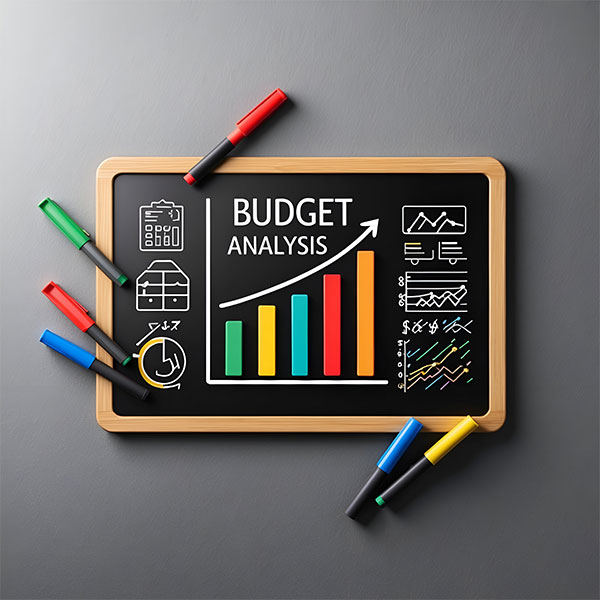
1. The 40-30-20-10 Rule for Digital Marketing
Based on industry best practices and ROI data, consider this allocation framework for your restaurant digital marketing budget:
40% – Search Marketing (SEO + PPC)
- Google My Business optimization
- Local SEO initiatives
- Google Ads for local searches
- Bing Ads (often overlooked but cost-effective)
30% – Social Media Marketing
- Organic content creation and management
- Paid social advertising (Facebook, Instagram)
- Influencer partnerships and collaborations
- User-generated content campaigns
20% – Content and Website
- Website optimization and maintenance
- Professional food photography
- Video content creation
- Blog content and local SEO articles
10% – Email Marketing and Retention
- Email marketing platform subscriptions
- Automated campaign development
- Customer retention programs
- Review management systems
2. Monthly Budget Breakdown Examples
Small Restaurant ($2,000 monthly marketing budget):
- Search Marketing: $800
- Social Media: $600
- Content/Website: $400
- Email/Retention: $200
Medium Restaurant ($5,000 monthly marketing budget):
- Search Marketing: $2,000
- Social Media: $1,500
- Content/Website: $1,000
- Email/Retention: $500
Large Restaurant ($10,000 monthly marketing budget):
- Search Marketing: $4,000
- Social Media: $3,000
- Content/Website: $2,000
- Email/Retention: $1,000
Most businesses waste 60% of their marketing budget on strategies that don’t convert. The best digital marketing agency in India, shows you where your money should actually go.
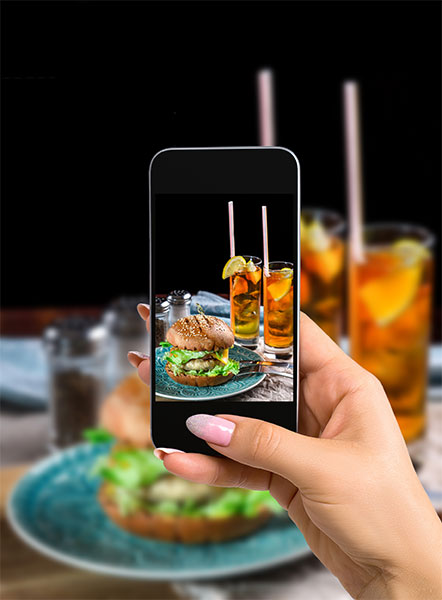
Cost-Effective Digital Marketing Strategies
1. High-Impact, Low-Cost Tactics
Google My Business Optimization (Free)
Your Google My Business profile is your most important digital marketing asset. Optimize it completely with:
- Accurate business information and hours
- High-quality photos of food and ambiance
- Regular posts about specials and events
- Active review response and management
Social Media Content Creation ($200-500/month)
Create engaging content that showcases your restaurant’s personality:
- Behind-the-scenes kitchen videos
- Staff spotlights and customer features
- Daily specials and seasonal menu highlights
- Community involvement and local partnerships
Email Marketing ($50-200/month)
Build and maintain relationships with existing customers:
- Welcome series for new subscribers
- Weekly newsletter with specials and events
- Birthday and anniversary promotions
- Seasonal menu announcements
2. Paid Advertising That Delivers Results
Google Ads for Local Searches ($500-2000/month)
Target customers searching for restaurants in your area:
- “Restaurant near me” campaigns
- Cuisine-specific keywords (“Italian restaurant [city]”)
- Event-based campaigns (“date night restaurants”)
- Competitor-focused campaigns (carefully implemented)
Facebook and Instagram Advertising ($300-1500/month)
Reach potential diners through visual, engaging ads:
- Lookalike audiences based on existing customers
- Local interest and demographic targeting
- Event promotion and special occasion campaigns
- Retargeting website visitors who didn’t book
Influencer Marketing ($100-1000/month)
Influencer marketing costs $10 per post for every 1,000 followers, making it accessible for restaurants of all sizes:
- Micro-influencers (1K-10K followers) for authentic local reach
- Food bloggers and local lifestyle influencers
- User-generated content campaigns
- Cross-promotions with complementary businesses
google my business for restaurants
Working with Marketing Agencies: When Professional Help Pays Off
In-House vs. Agency Decision Framework
Consider In-House When:
- Annual revenue under $1 million
- Marketing budget under $3,000/month
- Simple, local market competition
- Owner has marketing experience
- Limited marketing channels needed
Consider Agency Partnership When:
- Annual revenue over $1 million
- Marketing budget over $5,000/month
- Highly competitive local market
- Multiple locations or expansion plans
- Comprehensive digital marketing needs
- Selecting the Right Agency Partners
When evaluating potential partners, the best social media marketing agency for restaurants should demonstrate:
- Proven experience with restaurant clients
- Understanding of local market dynamics
- Transparent reporting and communication
- Flexible service packages matching your budget
- Case studies showing measurable booking increases
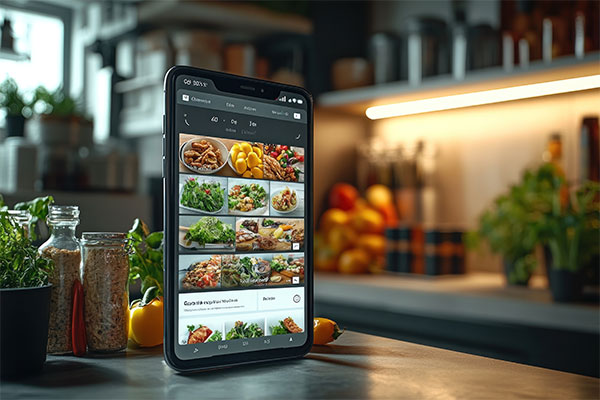
The best digital marketing agency for restaurants combines:
- Technical expertise in restaurant-specific SEO
- Creative capabilities for visual content
- Data analytics and conversion optimization
- Multi-channel campaign management
- Industry knowledge and connections
2. Agency Cost Expectations
Social Media Management: $1,500-4,000/month
- Content creation and posting
- Community management and engagement
- Paid advertising management
- Performance reporting and optimization
Comprehensive Digital Marketing: $3,000-10,000/month
- SEO and local search optimization
- PPC campaign management
- Social media marketing
- Content creation and website management
- Email marketing and automation
Measuring Success: KPIs That Matter for Restaurant Bookings
1. Essential Metrics to Track
Direct Booking Metrics:
- Online reservation conversions
- Phone call conversions from digital channels
- Walk-in traffic attributed to digital marketing
- Average party size from digital bookings
Digital Performance Indicators:
- Website traffic growth from target demographics
- Social media engagement rates and follower growth
- Email open and click-through rates
- Google My Business insights and interactions
Revenue Attribution:
- Customer lifetime value from digital channels
- Average check size by acquisition channel
- Return on ad spend (ROAS) by campaign
- Cost per acquisition by marketing channel
2. Tracking Tools and Technology
Free Analytics Tools:
- Google Analytics with goal tracking
- Google My Business insights
- Facebook and Instagram business insights
- Email marketing platform analytics
Paid Tracking Solutions:
- Restaurant POS integration with marketing data
- Call tracking systems for phone reservations
- Customer relationship management (CRM) systems
- Advanced attribution modeling platforms
Stop treating social media like a cost center. The best social media marketing agency turns it into your most profitable sales channel.
Seasonal and Promotional Budget Adjustments
1. Peak Season Investment Strategy
Restaurants experience natural seasonal fluctuations that should influence marketing spend:
High Season (Holiday periods, summer, local events):
- Increase budget by 25-50% during peak periods
- Focus on capacity optimization rather than new customer acquisition
- Emphasize higher-margin menu items and experiences
- Leverage social proof and limited-time offerings
Low Season (January-February, typically slow periods):
- Maintain baseline marketing spend to prevent invisibility
- Focus on customer retention and loyalty programs
- Offer compelling promotions to drive traffic
- Build email lists and social media followers for future seasons
2. Event-Based Marketing Investments
Special Occasions (Valentine’s Day, Mother’s Day, New Year’s Eve):
- Allocate 2-3x normal monthly spend in the preceding 4-6 weeks
- Create premium experience packages with higher margins
- Target couples and families with appropriate messaging
- Use urgency and scarcity to drive immediate bookings
Local Events and Festivals:
- Partner with event organizers for cross-promotional opportunities
- Increase local search and social media presence during events
- Offer special menus or experiences tied to community events
- Capture out-of-town visitor contact information for future marketing
Common Budget Mistakes and How to Avoid Them
1. Overspending Pitfalls
Mistake 1: Spreading Budget Too Thin
Many restaurants try to be everywhere at once, resulting in ineffective campaigns across multiple channels.
Solution: Focus on 2-3 channels initially, master them, then expand strategically.
Mistake 2: Ignoring Customer Lifetime Value
Focusing solely on immediate booking costs rather than long-term customer value.
Solution: Calculate customer lifetime value and adjust acquisition costs accordingly.
Mistake 3: Seasonal Budget Rigidity
Maintaining the same marketing spend regardless of seasonal demand patterns.
Solution: Develop flexible budgets that scale with demand and opportunity.
Underspending Consequences
- Insufficient Market Presence:
Spending too little often means your restaurant becomes invisible in competitive markets. - Inconsistent Messaging:
Low budgets often result in sporadic, inconsistent marketing that fails to build brand awareness. - Missed Growth Opportunities:
Conservative spending can mean missing chances to capitalize on market opportunities or competitor weaknesses.
Frequently Asked Questions
Q1: How quickly should I expect to see results from my restaurant digital marketing spend?
A: Different channels deliver results at different speeds. Social media and PPC advertising can drive bookings within 1-2 weeks, while SEO typically takes 3-6 months to show significant impact. Plan for a 90-day evaluation period for comprehensive digital marketing campaigns.
Q2: Should I pause marketing spend during slow periods to save money?
A: This is generally counterproductive. Consider seasonality when budgeting, but don’t overspend on marketing during slow periods without good reason. Maintain baseline marketing to prevent invisibility and use slower periods to build audience for busy seasons.
Q3: How much should a new restaurant spend on digital marketing?
A: New restaurants typically need to invest more heavily in marketing – often 8-12% of revenue in the first year to build awareness and customer base. Focus on local SEO, Google My Business optimization, and targeted social media advertising.
Q4: What’s the minimum viable marketing budget for a small restaurant?
A: A restaurant generating $500,000 annually should budget at least $1,250-2,500 monthly ($15,000-30,000 annually) for marketing. Below this threshold, it becomes difficult to maintain consistent digital presence across necessary channels.
Q5: How do I know if I’m spending too much or too little on marketing?
A: Track your customer acquisition cost, lifetime value, and marketing-attributed revenue. If your marketing spend generates less than 3:1 revenue return consistently over 6 months, reassess your strategy. If you’re turning away customers regularly but not spending on marketing, you’re likely underspending.
Conclusion
Restaurant digital marketing spend isn’t about finding the perfect formula – it’s about understanding your unique market position, customer base, and growth objectives, then allocating resources strategically to maximize booking conversions and long-term profitability.
The restaurants succeeding in 2025’s competitive landscape aren’t necessarily spending the most on marketing; they’re spending most effectively. They understand that strategic allocation of ad spend is essential and that every marketing dollar must work harder to deliver measurable results.
Start with the industry benchmarks – 3-6% of revenue for established restaurants, potentially more for new establishments – but adapt these percentages based on your specific circumstances. Focus your initial efforts on high-ROI channels like Google My Business optimization, local SEO, and targeted social media advertising before expanding to additional tactics.
Remember that restaurant digital marketing is an investment, not an expense. The goal isn’t to spend as little as possible, but to spend as effectively as possible to build a sustainable flow of bookings that keeps your tables full and your business thriving.
Whether you manage your digital marketing in-house or partner with experienced agencies, success comes from consistent effort, careful measurement, and strategic adjustment based on real performance data. Your marketing budget should work as hard as you do to fill every seat in your restaurant.
The question isn’t whether you can afford to invest in restaurant digital marketing – it’s whether you can afford not to in an increasingly digital-first dining landscape. Start with what you can afford, measure everything, and reinvest your successes into expanded efforts that drive sustainable growth for your restaurant business.
Share Your Project Requirements With Us

